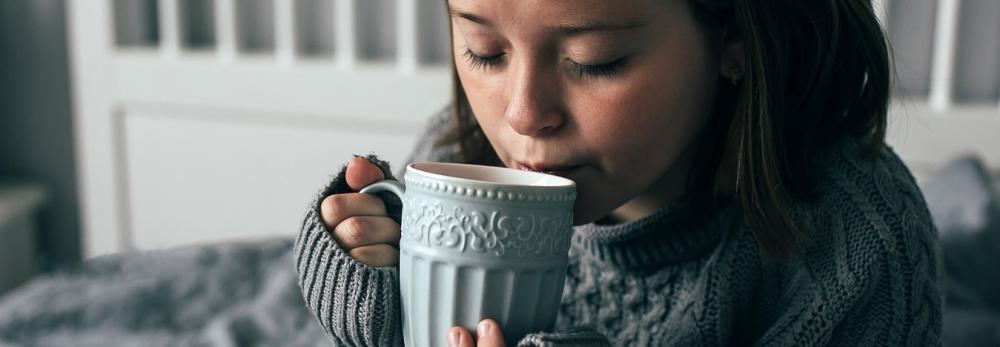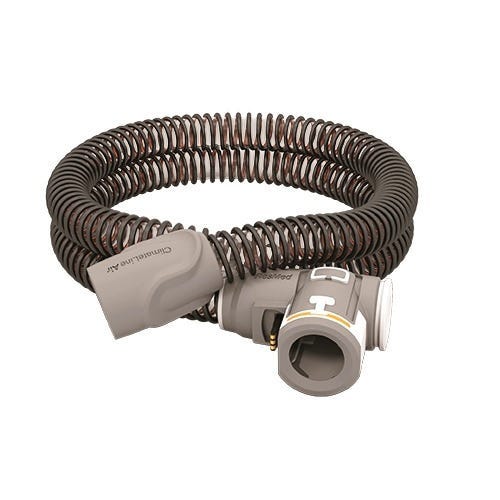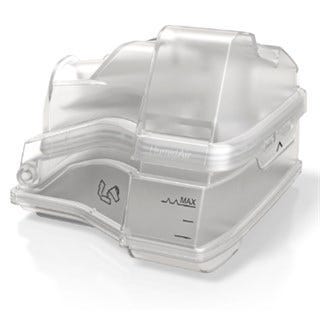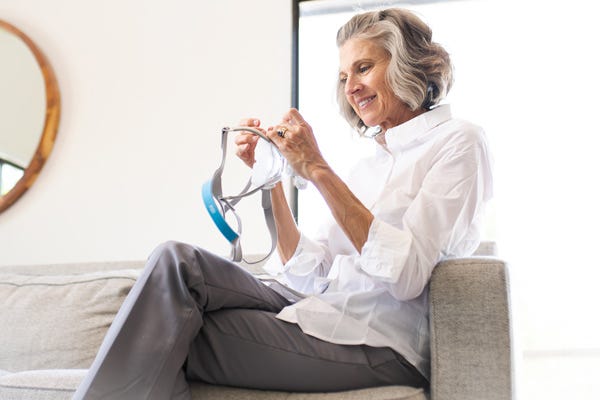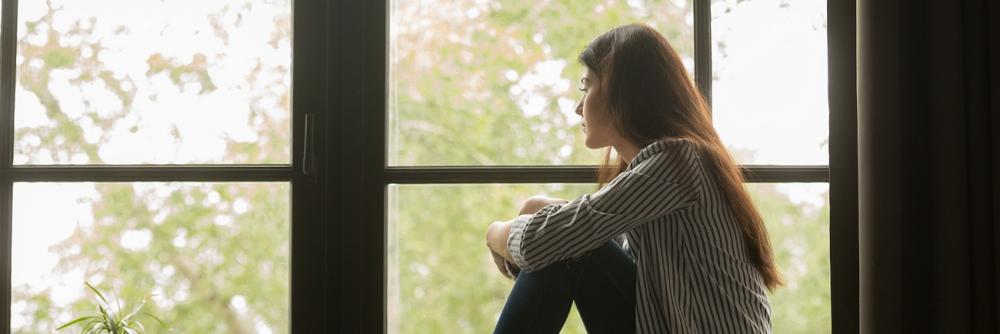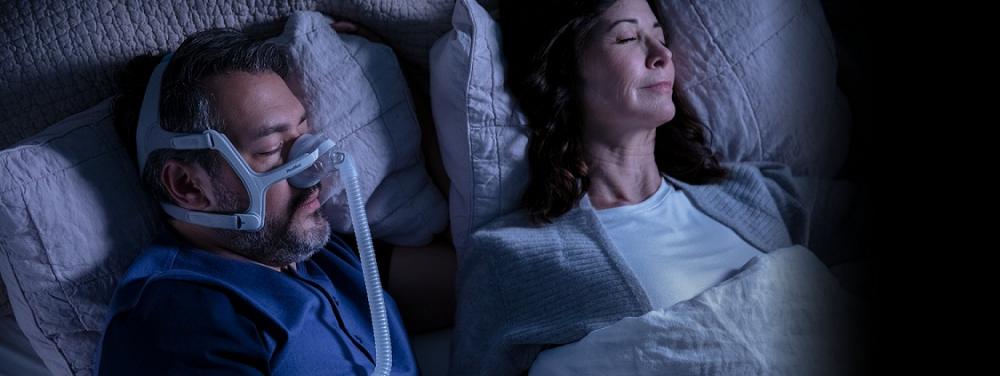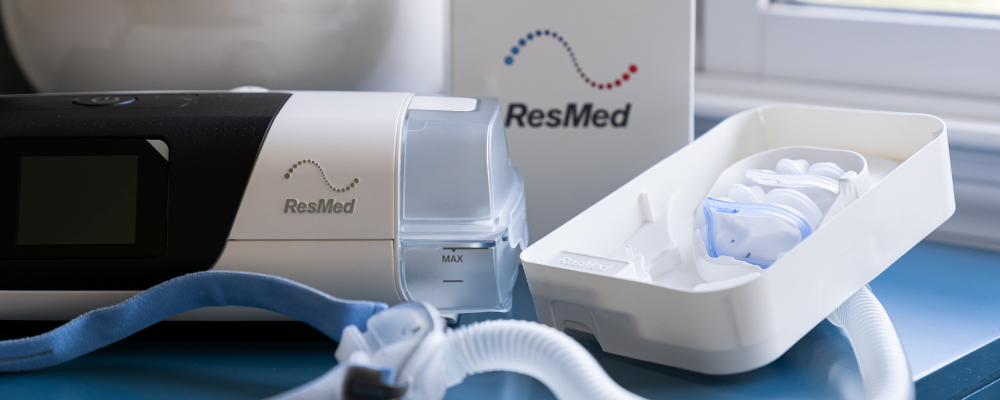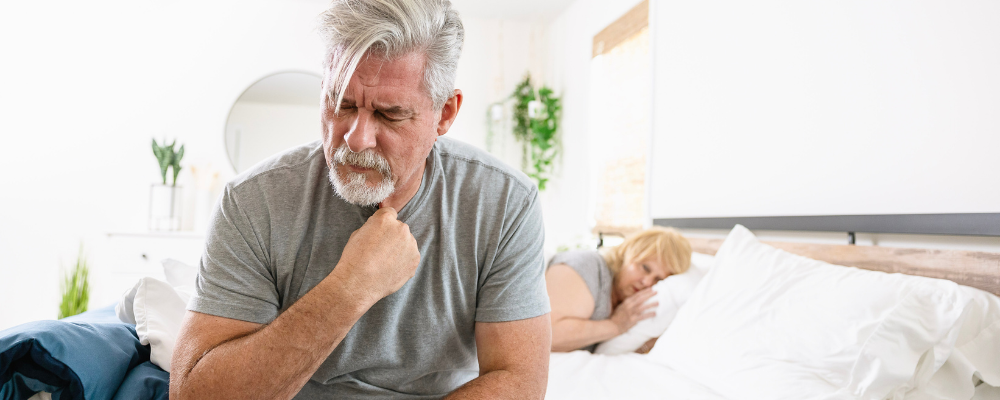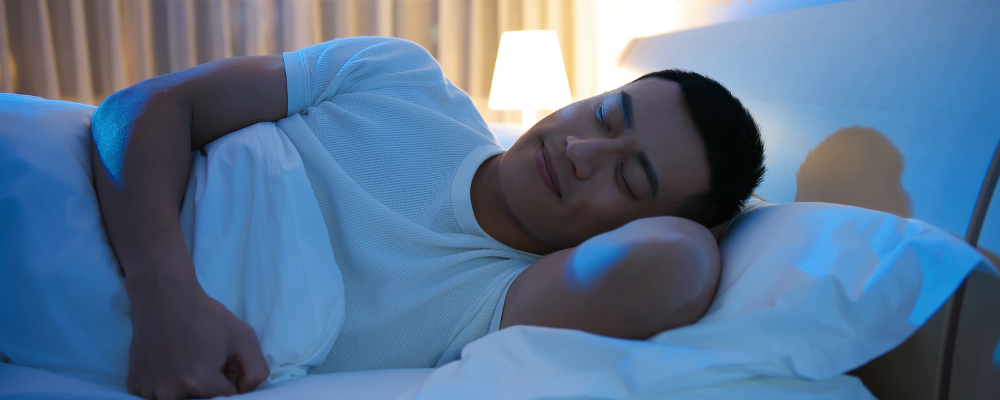Unless you live in Brazil, winter months are colder months and are often accompanied by a myriad of ailments like the flu. So, what happens when you already have a sleep disorder that stimies your breathing on a nightly basis? Aeroflow Sleep has the answer, plus 5 tips on how to make CPAP more comfortable when it's cold.
In The Article:
Is Sleep Apnea Worse In The Winter?
Is It Bad To Breathe In Cold Air While Sleeping?
Do You Sleep Better In The Cold?
Is It Bad To Breathe In Dry Air While Sleeping?
What Should My CPAP Humidifier Settings Be In The Winter?
How Do I Improve My Sleep Apnea Treatment?
CPAP SUPPLIES THROUGH INSURANCE:
Aeroflow Sleep is in-network with most primary insurance companies and is accreditted by Medicare and Medicaid. Complete our Qualify Through Insurance Form, and we will automatically check to see if your plan covers CPAP supplies; including a machine, mask, and accessories. ***Must have a sleep study to qualify.***
You will also receive the care and attention every sleep apnea patient deserves; one-on-one clinical support in-home or via telehealth, a dedicated Sleep Specialist you can contact during business hours, and a user-friendly online portal with tailored replacement schedule, important updates and notifications, and educational resources.
Let us take the headache out of healthcare. Join the Aeroflow Sleep family today! It only takes 5-7 minutes to get started.
Is Sleep Apnea Worse In the Winter?
Obstructive sleep apnea (OSA) is the most common type of sleep apnea, and research tells us, “More sleep-disordered breathing events were recorded in winter than in other seasons." In fact, patients’ AHI (how often they stop breathing) increased by 2.8 points. Seems small until you’re suddenly classified as a patient with severe sleep apnea on the apnea-hypopnea index.
Ultimately, the short answer is yes, sleep apnea is worse in the winter. “The AHI correlated inversely with ambient temperature and directly with atmospheric pressure, relative air humidity, and carbon monoxide levels.”
Furthermore, as we say goodbye to the warmer months, we prepare for the infections that thrive on cold weather. These bugs are most often respiratory in nature, meaning they primarily impact our airways. And what else impacts our airways? Sleep apnea, of course!
OSA occurs when something is literally obstructing the airway. The obstruction could be enlarged tonsils or adenoids, a broad neck circumference, even narrow nasal passages. Add any respiratory issues to the mix, from the common cold to allergens affecting the sinuses, and you'll have a temporary obstruction too, thanks to an overproduction of mucus.
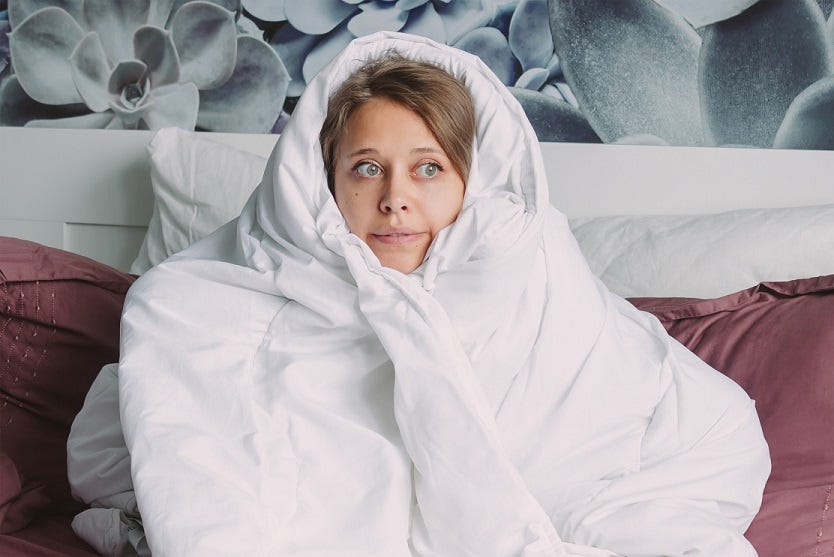

Tip #1: Avoid getting sick by keeping your CPAP supplies clean.
Is It Bad to Breathe In Cold Air While Sleeping?
Respiratory illness is not the only reason the colder months agitate your sleep apnea. Breathing in cold air may be a contributing factor, because it can narrow the blood vessels in your lungs, reducing oxygen levels. Therefore, your CPAP (continuous positive airway pressure) needs to be set accordingly.
ResMed recommends breathing in air above 60℉ while sleeping. The best temperature setting for CPAP is 81℉, which happens to be the default setting of the ResMed AirSense 10 CPAP Machines’ Climate Control System. Other CPAP manufacturers offer similar settings on their CPAP machines and recommend similar temperatures too.
Additionally, heated CPAP tubing helps keep the air warm as it travels from your CPAP machine to your mask. Standard tubing comes with your machine, but heated tubing passes an electric current through coils of copper wire that run the length of the hose, warming the air in lieu of warmer weather. If your CPAP air is too cold, you should invest in heated CPAP tubing.
Tip #2: Stop breathing in cold air while sleeping with the correct temperature settings and heated CPAP tubing.
Do You Sleep Better In the Cold?
Cold air isn’t all bad. In fact, many people find that they sleep better in the cold. This is because your endocrine system, also referred to as your hormone system, has its own preferred temperature.
The endocrine system is controlled by the hypothalamus, which is a gland at the base of the brain that regulates various bodily functions; including melatonin release and circadian rhythms. Obesity, diabetes, and high blood pressure can all set your endocrine system off-kilter, and all are comorbidities of sleep apnea.
Recent studies have shown that there are “multiple bidirectional interactions between OSA and the endocrine system […] mostly mediated via narrowing of the upper airways, weakening of upper airway muscles, and autonomic dysfunction.” So, it’s up to you to decide when the cold air is helpful or harmful.
Tip #3: Don’t overcompensate. Set the thermostat to your preferred indoor temperature.
Is It Bad to Breathe In Dry Air While Sleeping?
Now that we know cold air isn’t out to get us, let’s talk about dry air. Humidity levels tend to drop this time of year too, and that is the main reason sleep apnea gets worse in the winter.
Breathing in dry air while sleeping is bad for you, especially if you sleep with your mouth open. It exacerbates certain sleep apnea symptoms, including dry mouth, sore throat, and headaches. Luckily, CPAP humidifiers moisten the air as it travels from your CPAP machine to your mask, so you don’t have to worry about dry air ever again.
Some setups, like the ResMed AirSense series mentioned above, come with a CPAP humidifier. Others may be ordered separately. If this is your first CPAP humidifier or you are replacing a unit 6 months or older, your insurance may cover a new one.
Tip #4: Combat dry air when you add a CPAP humidifier to your arsenal of CPAP supplies.
What Should My CPAP Humidifier Settings Be In the Winter?
Humid weather conditions can be simulated with the right CPAP humidifier settings in the winter. First, you should consider how dry the air is around you. Start with a lower humidity setting and adjust it one level at a time until you’re comfortable. The setting you start with during wintertime will be higher than it would be if you were adjusting during summertime.
Next, check your thermostat to see how hot or cold your bedroom is. If you have a heated CPAP humidifier, a lower humidity setting produces cooler air and vice versa. (Some CPAP machines also allow you to change the air temperature without a humidifier.)
Finally, watch for rainout. Rainout is the moisture left in your CPAP mask or tube when the room temperature is colder than the water chamber. If you see rainout in your mask or tube, you need to reduce the humidifier settings.
Tip #5: Ask your doctor or Aeroflow Sleep Specialist about adjusting your CPAP humidifier settings.
How Do I Improve My Sleep Apnea Treatment?
These 5 tips are only the beginning. After all, OSA doesn’t go away once the risk factor of cold weather has passed.
No matter the season, Aeroflow Sleep is here to help you achieve your best sleep apnea treatment. From sleep study to sleep clinic to sleep medicine, we’ll be there for you every step of the way. All you have to do is see which treatment options you’re eligible to receive through insurance. Call or click today!


